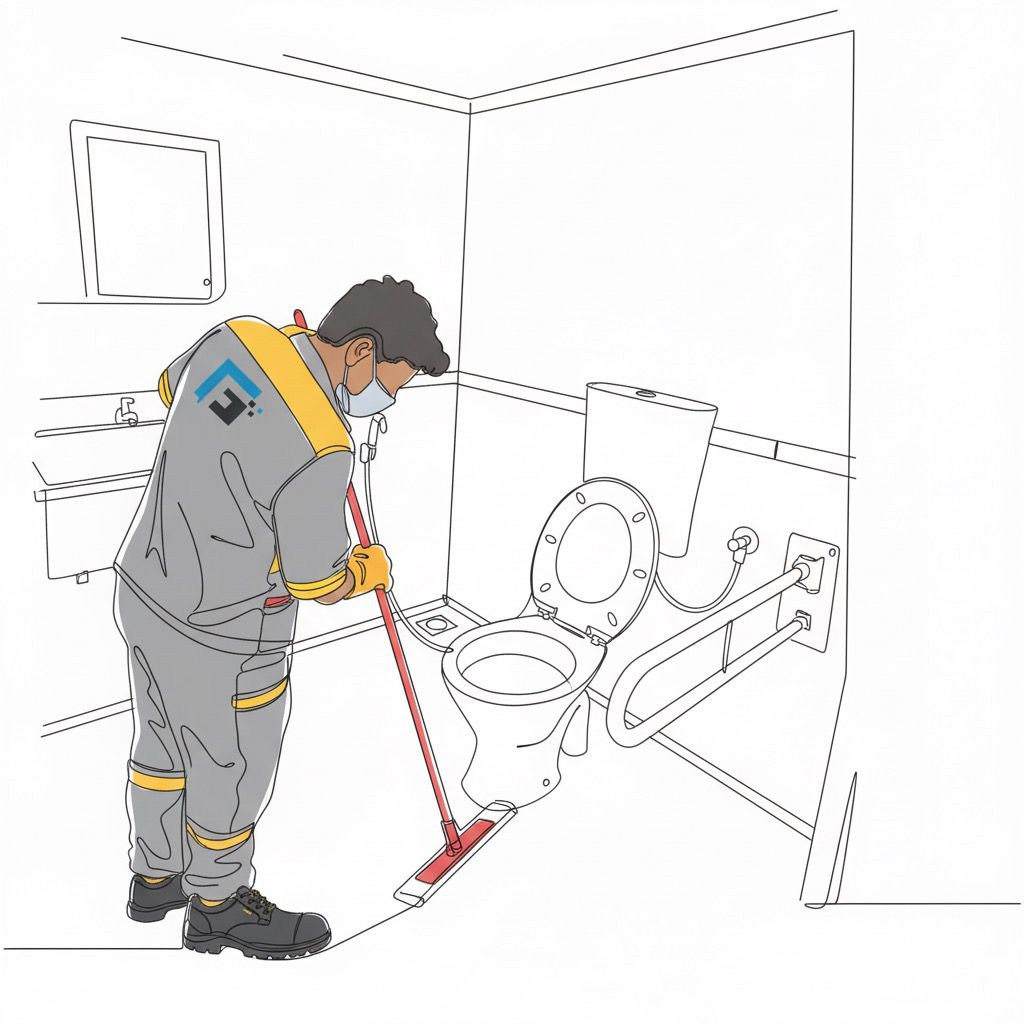Cover Story: Urban Sanitation
From Margins to Mainstream
Every metropolis eventually faces a reckoning. Not through grand architecture or economic expansion, but through how it treats the most fundamental human need. That moment is here. The test is not skyscrapers or highways—it is the quality and dignity of the public toilet.
What was once a neglected corner is now a stage for civic transformation. Spaces once endured with discomfort are being redefined as markers of pride, inclusion, and responsibility.
The Discipline of the Model
The framework is clear, measurable, and results-driven. Under the Design–Build–Finance–Operate–Transfer Hybrid Annuity approach:
• Toilet seats across Ambattur, Anna Nagar, Teynampet (excluding Marina), and Kodambakkam.
• One year of construction, followed by eight years of structured upkeep.
• Funding linked to delivery—only proven performance unlocks payments.
This is not aspiration. It is contract-backed discipline. It ensures order is not promised—it is delivered.
Valuing the Workforce
The real breakthrough is not the physical infrastructure. It is the acknowledgement of the people who sustain it.
For sanitation workers, this initiative is a systemic shift:
• Safety equipment, low PH cleaning agents and modern cleaning tools where protection is mandatory, not optional.
• Social safeguards—ESIC, provident fund, health coverage—recognising their service as a profession, not invisible labour.
• Training, recognition, and structured career pathways that elevate their status in civic life.
Every uniform worn becomes a declaration: this workforce is visible, valued, and vital.
Public Health as the Core Strategy
With the North East Monsoon on the horizon, health and hygiene cannot remain secondary concerns. Toilets are now frontline infrastructure—defending families, neighbourhoods, and businesses.
• Limiting the spread of waterborne diseases.
• Reducing unsafe practices during floods and heavy rains.
• Guaranteeing safe access for women, children, and seniors in vulnerable conditions.
• Protecting frontline staff whose resilience anchors community well-being.
In this model, sanitation is not just service—it is health security.
Designed Around Citizens
Every design decision reflects how people live, move, and experience the city:
• Daily commuters and gig workers encounter reliable facilities built into their routines.
• Students and professionals engage with transparent, well-lit spaces reinforced by QR-based accountability.
• Children, elderly citizens, persons with disabilities, and the transgender community interact with infrastructure that includes them by design, not as an afterthought.
This shift reframes sanitation from being a tolerated necessity into a rightful civic entitlement.
Architecture That Speaks Values
Form here follows purpose:
• Canopies that offer protection from sun and monsoon rains.
• Vertical louvers for ventilation and natural light, designed to encourage use.
• Privacy screens that protect dignity.
• Fixtures tailored for children, nurturing independence early.
• Ramps and generous entrances that declare inclusivity as non-negotiable.
This is design that communicates values—practical, human, and universal.
A Reset in Civic Culture
By 2034, success will not be counted in numbers alone. It will be defined by the cultural reset this initiative inspires:
• Dignity hardwired into everyday life.
• Public health safeguarded as a non-negotiable.
• Inclusivity embedded in physical and social infrastructure.
• Governance judged by delivery, not declarations.
This is a playbook that other cities will benchmark. It will attract serious investors. More importantly, it will raise the expectations of citizens themselves—demanding better, expecting higher, and accepting nothing less than dignity.
The Closing Statement
For too long, public toilets have symbolised compromise. That narrative ends here.
The transformation is not in brick or mortar—it is in the mindset. Dignity is no longer a concept. It is a practice, built into systems, safeguarded in contracts, and visible in daily life.
This is a city that values its workforce.
This is a city that protects its people.
This is a city that turns necessity into pride.
And in that, lies the true signature of progress.


